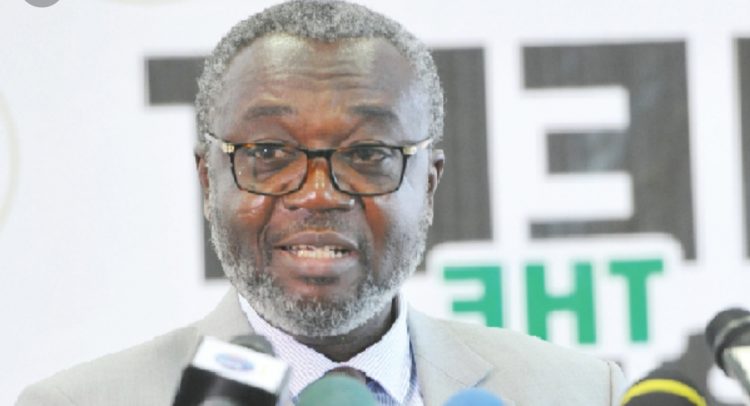Director General Ghana Health Service, Dr. Nsiah Asare
Ghana will not be able to meet the Sustainable Development Goal (SDG) three by 2030 if urgent actions are not taken by stakeholders to improve her statistics on maternal and child health.
According to the 2018 Atlas for African Health Statistics published by the World Health Organization, World Bank and UNICEF, Ghana still has a lot of work to do to reach the SDG targets for Reproductive, Maternal, Newborn, Child, and Adolescent Health (RMNCAH).
Data from the Ghana Health Service (GHS) shows Ghana’s maternal mortality ratio as 128 per 1000 live births for 2018, an improvement in the previous year’s ratio of 144.
However, the WHO fears that at the current pace the country would reach a Maternal Mortality Ratio of 210 per 1000 live births in 2030, far below the target of 70 maternal deaths per 1000 live births.
Dr. Owen Kaluwa, WHO Country Representative to Ghana, speaking at the opening of the second Maternal, Child Health and Nutrition (MCHN) Conference in Accra on Wednesday, June 27, 2019, said the trend was similar for indicators such as under five mortality, neonatal mortality, and for family planning methods.
“It is clear that business as usual will not take us to the RMNCAH targets for 2030. We need to accelerate action and work collaboratively together to advance the implementation of RMNCAH programmes and interventions,” he said.
Director General of the Ghana Health Service, Dr. Anthony Nsiah Asare, commenting on the projections said the GHS in view of the figures was scaling up its activities in maternal and child healthcare.
“We are doing extra things to make it happen, we are putting midwives in CHPS centers to attend to pregnant women, commissioning more clinics to ensure basic emergency care is done in the communities” he said.
He added that “we are improving on all the skills of our health professionals who treat pregnant women and we are improving on the logistics supply, now with the drone system logistics can be supplied within the shortest possible time.”
He said with the above multiple interventions, health professionals would be trained, infrastructure and commodities as well as the financial barriers to healthcare would be lifted.
“We want to achieve the UHC in any means that we can do it so we are putting multiple interventions in place to achieve it,” he said.
By Jamila Akweley Okertchiri


